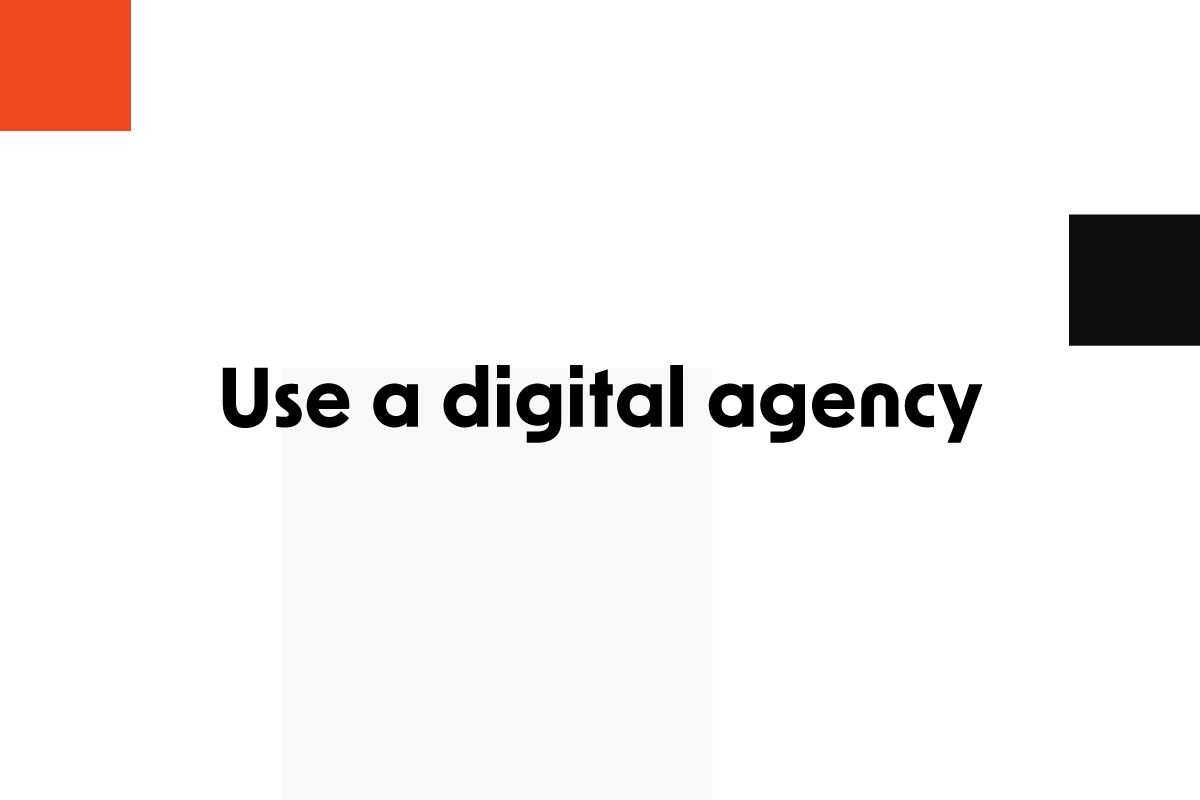Web development is the process of building and maintaining websites and web applications. It involves a combination of technical and creative skills and is a field that is constantly evolving with new technologies and trends. Whether you’re a small business owner looking to create a website for your business or an individual considering a career in web development, understanding the basics of this field is essential.
This article will teach you everything you need to know about web development, including what to do and what not to do while planning your website.

What is Web Development
Web development refers to all of the actions, changes, and operations necessary to create, maintain, and manage a website so that its performance, user experience, and speed are ideal. It can include a variety of things – strategy creation, web design, content, sitemap and wireframe creation, maintenance, optimization, etc.
You can divide web development into three main areas: front-end development, back-end development, and full-stack development.
Front-end development
Front-end development refers to the client side of web development, where a developer creates and implements the visual and interactive elements of a website or web application. It includes the layout, design, and user experience. Technologies commonly used in front-end development include HTML, CSS, and JavaScript.
Back-end development
Back-end development refers to the server side of web development, where a developer creates and maintains the technical infrastructure of a website or web application. It includes the server, the database, and the application’s API (Application Programming Interface). Technologies commonly used in back-end development include Python, Ruby, and Java.
Full-stack development
Full-stack development refers to the combination of both front-end and back-end development. A full-stack developer can work on both the client-side and server side of a web application and understand and implement all aspects of the project. It includes the front-end design and user experience, as well as back-end functionality and database management. Full-stack developers are familiar with a wide range of technologies and programming languages.
It’s important to note that front-end, back-end, and full-stack development are not fixed roles. Developers may find themselves working with a variety of different technologies and frameworks. The distinction between front-end and back-end development is more of a conceptual one. The lines between the two can be blurry.

Web Development Tools
Web development tools and technologies have become essential for creating websites and web applications. The most commonly used technologies include HTML, CSS, JavaScript, and various frameworks and libraries.
HTML, or Hypertext Markup Language, is the standard language used for creating web pages. CSS, or Cascading Style Sheets, is used for styling and layout. JavaScript is a programming language that allows for dynamic, interactive elements on web pages.
HTML (Hypertext Markup Language)
HTML (Hypertext Markup Language) is the standard markup language for creating web pages. You can use it to structure the content of a website, such as text, images, and links. HTML elements are represented by tags, which are enclosed in angle brackets (e.g., <p> for a paragraph). HTML documents consist of a series of elements nested inside one another, creating a hierarchical structure that defines the layout and organization of the page.
CSS (Cascading Style Sheets)
CSS (Cascading Style Sheets) is a stylesheet language used to describe the presentation of a document written in HTML. You can use it to control the layout and design of a webpage, including things like colors, fonts, and spacing. CSS allows developers to separate the presentation of a webpage from its structure and content, making it easier to maintain and update the design of a website.
JavaScript
JavaScript is a programming language used to create interactive and dynamic web pages. It is executed by the web browser and allows developers to add dynamic behavior and interactivity to their websites. You can use JavaScript to create form validation, image sliders, and interactive maps. You can also use it to create complex web applications that run entirely in the browser without a server.
Frameworks and libraries
There are many different frameworks and libraries available for web development, including React, Angular, and Vue.js for front-end development and Node.js, Ruby on Rails, and Laravel for back-end development. These tools make it easier for developers to build and maintain websites and web applications and can also help improve performance and security.

Web Development for Business
The benefits of using web development for building websites and web applications are numerous. One of the main advantages is cost-effectiveness, as building a website using web development tools is generally less expensive than using proprietary software. Additionally, web development is highly flexible, as it allows for easy updates and changes to be made to a website or web application.
Web development also allows for scalability, making it easy to add new features and functionality to a website or web application as needed. It is crucial for businesses, as it allows them to adapt to changing market conditions and customer needs.
The website helps potential customers get the information they need in an easily accessible format. Every web user who is looking for something wants to find as much information as possible. The customer will become more familiar with your business or service if your site is well structured, with quality and understandable content.
As a result, he has a much better chance of becoming a potential customer, and your investment will lead to significant revenue growth. It also functions as a business card for your company, as it is available 24 hours a day, seven days a week, and can be accessed from anywhere in the world.

Web development best practices
Web development best practices are guidelines that are followed by web developers to ensure that the website is designed and developed as efficiently and effectively as possible. It includes things like using well-structured code, making the website responsive, and optimizing the website for speed and performance.
Some of the web development best practices:
- Use a responsive design to ensure your website looks good on all devices.
- Use a Content Management System (CMS) to make it easy to update and manage your website.
- Optimize your images and other media for fast loading times.
- Use a CSS preprocessor like SASS or LESS to make styling your website easy.
- Use a JavaScript framework like AngularJS or React to build dynamic user interfaces.
- Use version control, such as Git, to manage and collaborate on your code.
- Use a CSS framework like Bootstrap or Foundation to quickly create a consistent look and feel for your website.
- Use a build tool like Grunt or Webpack to automate tasks like minifying and concatenating files.
- Use a task runner like Gulp or npm scripts to automate repetitive tasks like testing and deployment.
- Test your website on multiple browsers and devices to ensure it works correctly for all users.
Why use a digital agency for your website web development
Digital agencies specialize in providing web development services. They have the expertise and resources to handle all aspects of web development, from the design and development to the launch and maintenance of the website. They also have a team of experts who can provide services like SEO, PPC, Content Marketing, Email Marketing, and so on.

In conclusion, web development is an essential field for building websites and web applications. It involves a combination of technical and creative skills and is constantly evolving with new technologies and trends. Understanding the basics of web development and its benefits can help small business owners and individuals make informed decisions about creating and maintaining websites.
If you’re interested in taking your website to the next level, consider booking a call with our web developers. Our team of experts can help you create a website tailored to your specific needs and goals and can guide you through the process of building and maintaining a website that is cost-effective, flexible, and scalable. Don’t wait any longer; book a call with us today!
If you want to schedule your free consultation, you can do it here.













